Lucy Simpson, head of product management for EV enablement at Centrica Business Solutions
Fleet managers are set to play a crucial role in accelerating the transition to an electric future.
According to our latest research, UK businesses are planning to spend almost £16 billion on electrifying their fleets in the year ahead, that’s 50% more than they spent over the previous 12 months.
Some of the UK’s biggest companies such as Royal Mail, Schneider Electric, ABB and Centrica have committed to electrifying their fleets in advance of the 2030 ban on internal combustion vehicle sales.
What’s more, a sizeable part of the planned investment will be on home charging infrastructure.
A third of businesses (34%) say they plan to install charge points at employees’ homes, driven by the increase in home working as a result of the pandemic.
It’s clear that UK firms are ready to respond to the electrification challenge, but what infrastructure will they need to invest in to allow a seamless transition?
Charging the home workforce
The shift to more flexible working means firms are having to rethink how they manage the transition to electric fleets and how they support their employees with the right training and infrastructure.
We’re seeing increased demand for home charging installations, so that delivery drivers, company car owners and mobile workers have consistent and easy access to charging.
Administrating those home charging points has been a difficult task, requiring high levels of support to manage successfully.
But, advances in fleet charging management systems now mean that home charging points can be directly integrated with a business’ payroll management software.
These systems automatically reimburse drivers for business-use energy consumption.
Monthly statements, showing all charging transactions, can be created and sent to fleet managers - helping them to more easily manage charging costs, without spending hours on administration.
As well as affording staff more flexibility with their charging habits, having staff charge their cars at home can be more cost-effective for the business too.
For example, a correctly configured system can provide access to cheaper off-peak charging tariffs – typically in the evening or at weekends, rather than during traditional working hours.
On-site charging still important
For most businesses, on-site charging will be an essential part of their fleet electrification strategy. But, this comes with its own challenges.
We often hear that the increased spend on energy is a significant barrier to their EV roll-out – a fact our recent research confirmed, with two fifths (40%) of companies saying it had deterred them from adopting EVs.
For these firms, the key question is how to mitigate the costs associated with the increase in power consumption that comes with on-site charging.
One solution is to integrate charging infrastructure with renewable energy technology.
By generating, storing and managing their energy on-site, businesses can help meet the increased power demand of an electrified fleet in a way that is much more cost-effective.
Not only will this deliver greater cost savings in the long-term than buying energy from the grid, but it also offers greater energy security and protection against unpredictable price rises.
EV adoption plays an important role in helping to drive down carbon emissions and allowing firms to operate more sustainably as we continue along the Road to Zero.
Our latest research revealed that two in five companies (42%) claim that operating a sustainable business model remains a top priority for the year ahead.
For example, a business could install solar panels and battery storage on-site and link them to its EV infrastructure.
Electricity generated through the solar panels would be used to power the charging points, and any surplus energy stored in the battery to cover shortfalls in power caused by peaks in demand, or when the weather is cloudy, and the panels aren’t able to generate enough energy to charge effectively.
Those that generate and store energy on-site, can also unlock new revenue streams through participation in demand side response (DSR).
Through DSR, businesses commit to reducing or shifting their energy consumption when demand on the grid threatens to exceed supply – this could mean switching power source to electricity generated on-site rather than from the grid, for example – and get paid to do so in return.
As businesses continue to transition towards electric fleets, adopting modern energy technology can not only help make operations more profitable, but work to reduce overall carbon emissions.
Whether at home or in the workplace, those firms that prepare for the change now can unlock a new level of business advantage, including lower costs, greater control and even new income streams.
> Interested in comparing electric vehicle data? Check out our EV tool.





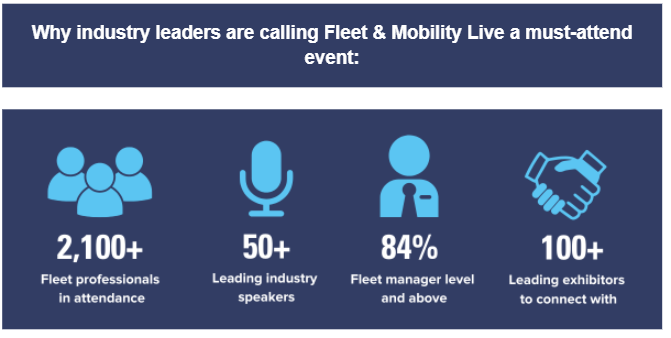
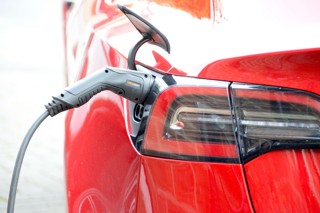
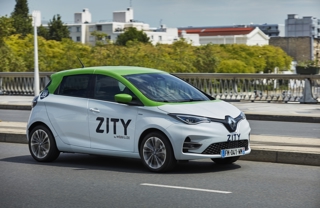
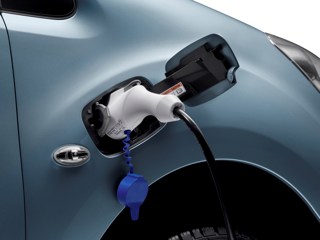
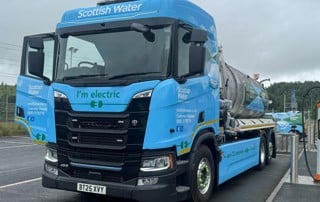
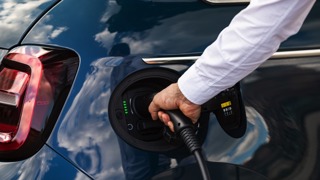












Login to comment
Comments
No comments have been made yet.